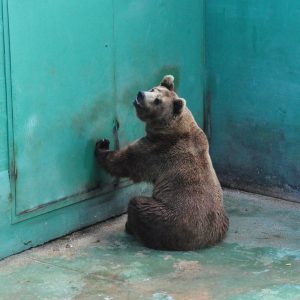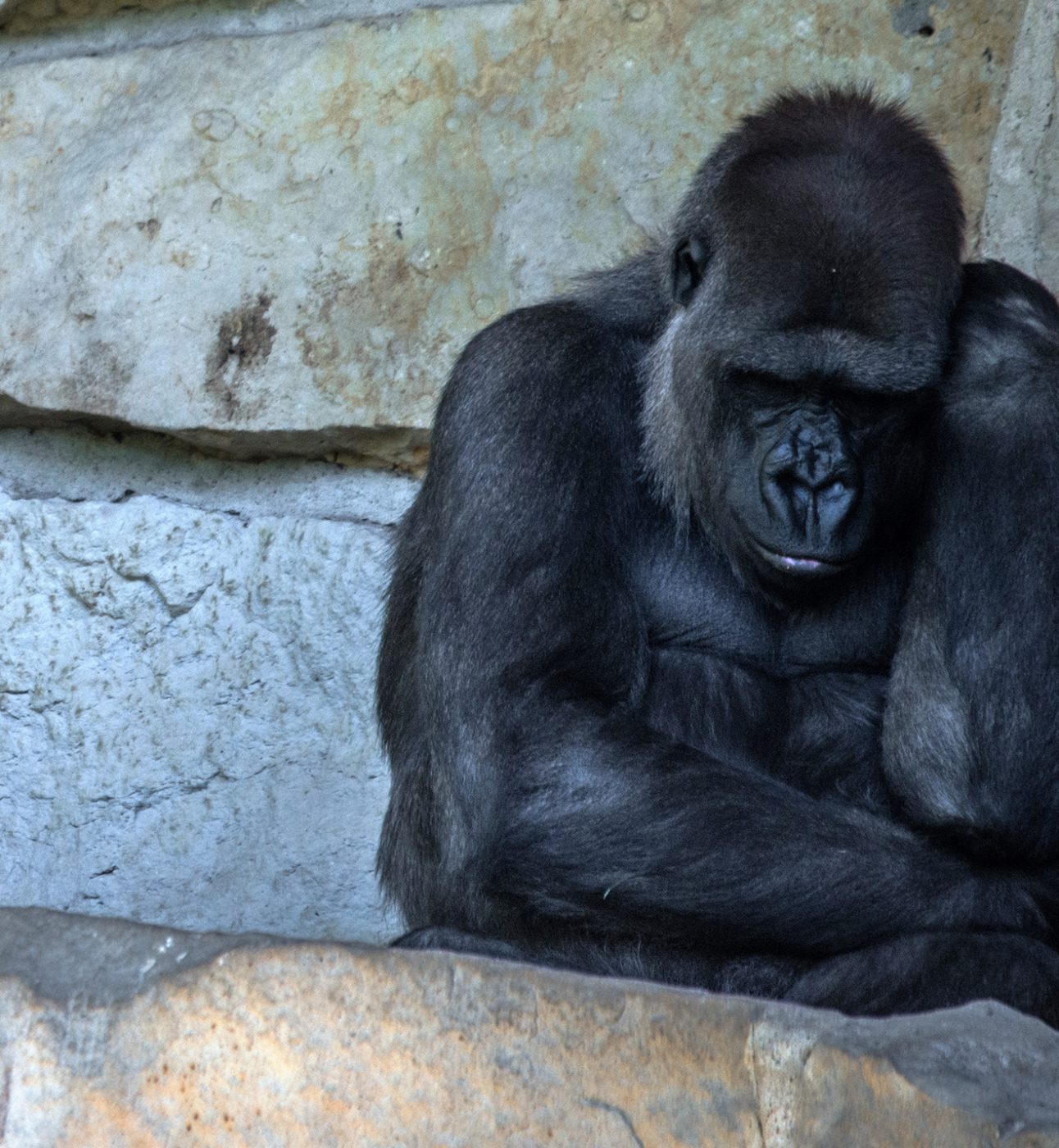What to Look Out For: Zoos & Other Captive Facilities
Wild animals in zoos, safari parks, aquariums, dolphinaria, elephant camps or turtle hatcheries suffer from being kept in restrictive, unnatural and artificial environments.
While some captive facilities adhere to basic standards of care, some animals are kept in terrible conditions with no thought given to the needs of the species or individual animals.
 WHAT TO LOOK OUT FOR
WHAT TO LOOK OUT FOR
- Do enclosures or cages meet the animals’ basic needs?
- Is there adequate space for the animals to move, climb, bathe, swim or fly?
- Do they have shade or shelter and water to drink?
- Is the enclosure clean and well-maintained or does it contain litter, a build-up of faeces or rotting food?
- Do any animals appear injured or in poor physical condition, such as missing feathers, fur or scales, or do they have obvious wounds?
- Some seemingly free-roaming birds or those kept in open-topped enclosures may have had their wings mutilated to prevent them flying away. When they flap or spread their wings, do they appear to be missing part of one wing?
- Do animals appear to be thin or obese?
- Are animals displaying strange, unnatural behaviours, such as constant pacing and circling, bobbing of heads, neck-twisting and swaying?
- Can people touch or torment animals, such as in walk-through enclosures, through the cage or over a fence?
- Are animals actively used for visitor encounter sessions or in shows?
Have you seen worrying cases of wild animals suffering in zoos?
Submit an eyewitness report via our Raise the Red Flag platform.
FURTHER INFORMATION
ZOOS & AQUARIA ANIMAL INTERACTION CIRCUSES & PERFORMING ANIMALS

SELFISH SELFIES
Born Free is campaigning for an end to Selfish Selfies – will you pledge to end this cruel practice of animal exploitation?
